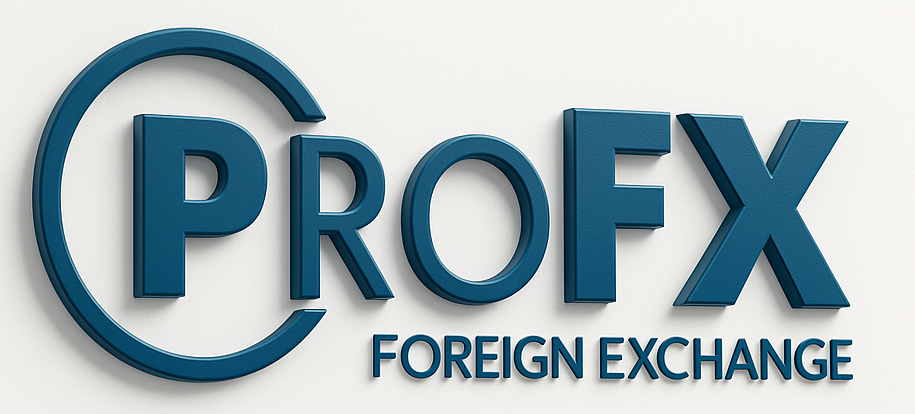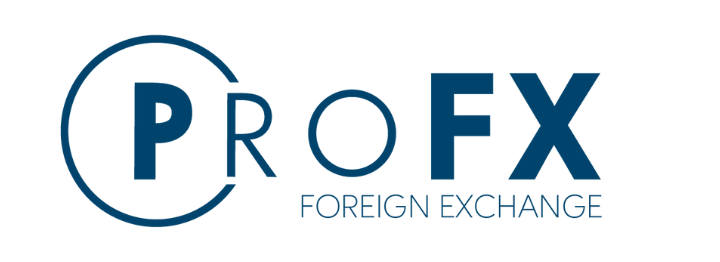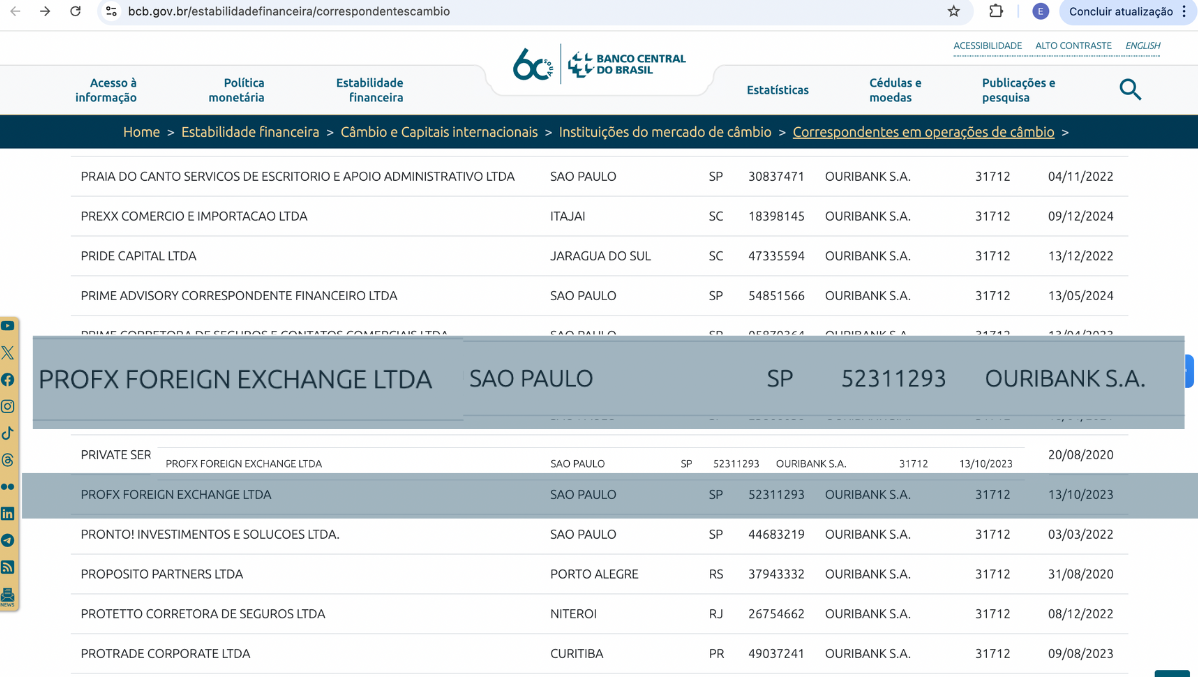by Ricardo Rezende
•
7 June 2023
In December 2022, Brazil's new foreign exchange regime begins. The Central Bank's regulation aims to modernize and align foreign exchange with international standards. According to Ricardo Russo, Foreign Exchange Superintendent at Banco Ourinvest, the changes are designed to create a simple, objective, and modern flow to meet current needs. The new rules start circulating on December 31, 2022, but due to market working days, implementation begins on January 2, 2023. To help you understand the main points of the new foreign exchange regime, the Ourinvest Blog consulted experts from the bank, with over 40 years of experience, and listed the main changes. In future content, we will detail changes for foreign trade and non-resident accounts. Here are the key points: Proportionality Requirements to Client Profile and Business Risk This change addresses process simplification. With the new rule, each institution manages its risk according to its criteria, based on fronts such as values, documents, and history. The good news is that, in most cases, transactions won't require documents at the closing of exchange. "The process was more 'prescriptive,' and now each institution defines its risks. A document presentation flow is required, but the exchange agent will establish this based on the client's profile and operation," says Russo. Previously, the Central Bank required documents for transactions over USD 3,000, but from January 2023, no document might be required for any exchange value. End of Mandatory Exchange Contracts The new rules establish that exchange contracts are no longer necessary for transactions, but basic data is still required. "Closing operations can be formatted freely, potentially done by phone, WhatsApp, or email. This flexibility helps speed up operations," Russo explains. Segregation of Operations Registration The new foreign exchange framework reduces bureaucracy in reporting information based on closing values. Starting in January 2023, institutions can report to the Central Bank monthly—by the 5th day of the following month for transactions up to USD 50,000. "This allows exchange operations to be transacted as quickly as a TED, without compromising information to the regulatory body," says Russo. Transactions over USD 50,000 will still require daily reports but represent a smaller portion of daily operations. Simplification of Nature Codes The Central Bank will reduce nature codes to simplify operations, offering 10 codes for transactions up to USD 50,000. Clients Choose Nature Code, but Guided by Exchange Agent To provide more autonomy and speed, clients will be responsible for choosing the exchange nature code, starting in January 2023. "The Central Bank aims to simplify codes to around 120 in total, but for lower-value operations, the number will be smaller. Currently, there are about 180 codes," says Russo. Clients' choice of code supports the automated closure of exchanges. Handling of Exchange Operations The National Monetary Council will give more autonomy to the Central Bank for exchange control, making transactions simpler. "It's like every exchange transaction becomes a PIX—simple and direct," Russo affirms. Expertise in Change According to Núbia Cavallaro, Foreign Exchange Specialist at Banco Ourinvest, the bank is deeply involved with the new framework. "We have participated in meetings with the Brazilian Foreign Exchange Association (Abracam), and our suggestions contributed to the recent Central Bank resolutions." Banco Ourinvest has been preparing for these changes, focusing on technology. "We created a tool for individuals and businesses to automate data entry and transaction settlement, allowing instant overseas transfers," says Russo. The simplification applies mainly to transactions up to USD 50,000, where automation opportunities abound.









